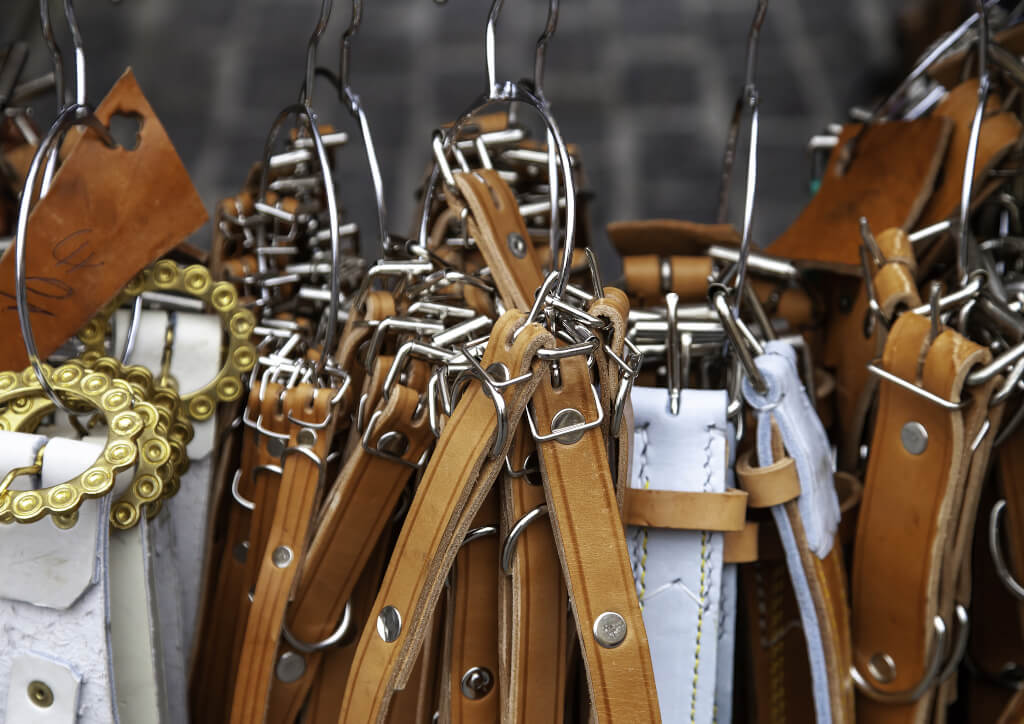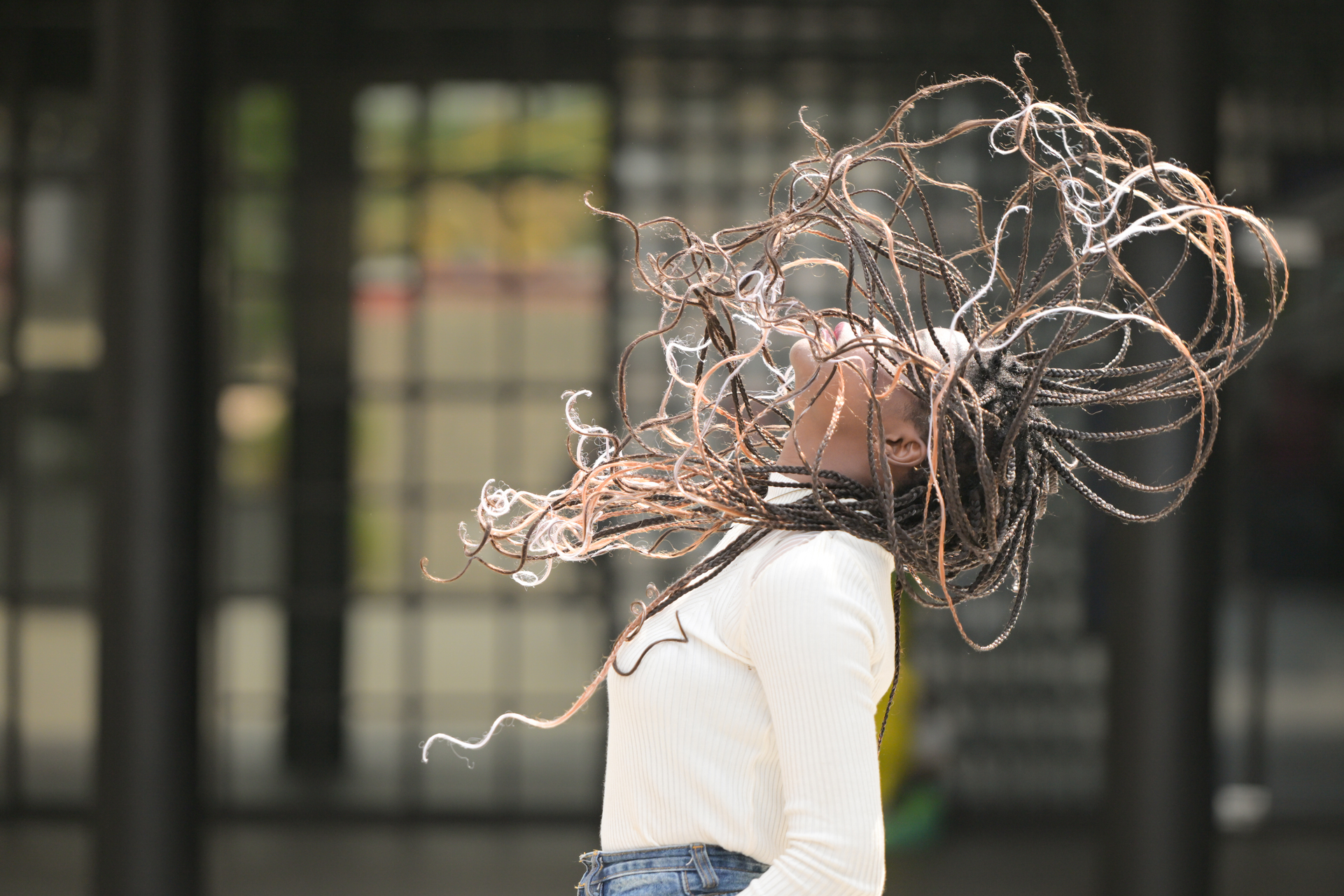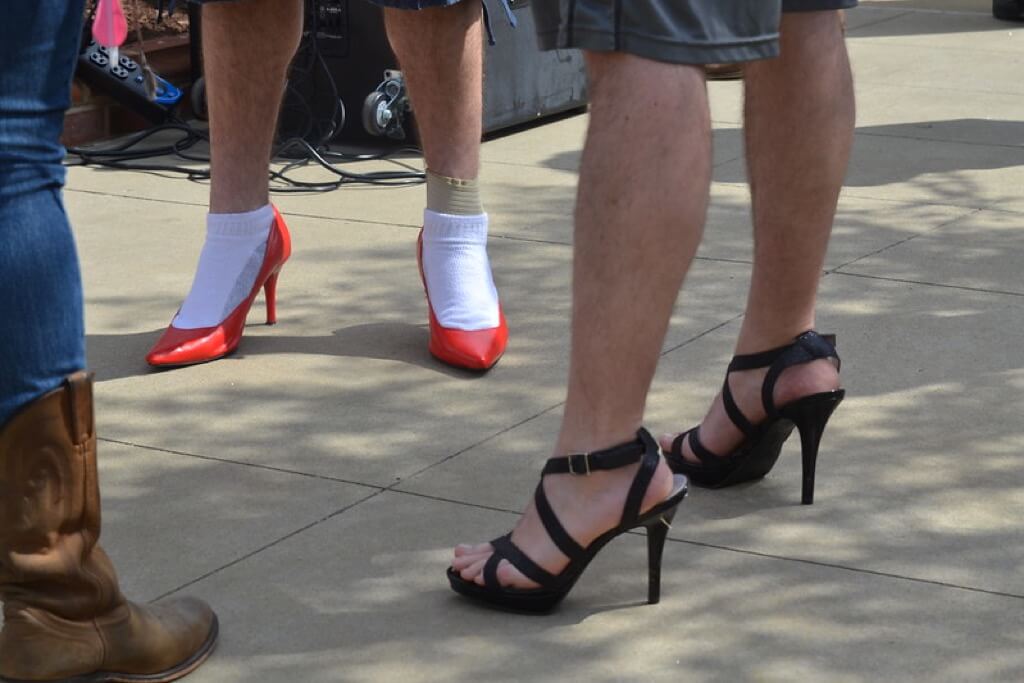A Louis Vuitton belt’s authenticity can be determined by checking its serial number, buckle design, logo quality, and overall pattern consistency. This article will take you by the hand and show you how to spot fake LV belts and tell the real ones apart.
Our thorough evaluation will give you the knowledge necessary to confidently verify the authenticity of your belt, from scrutinising identifying numbers and buckle designs to assessing logo quality and pattern consistency. We will also go through methods for checking the authenticity of a brand stamp and reputable web resources for determining if a product is genuine.
Analysing the Serial Number
Louis Vuitton belts can be checked for their authenticity in part by looking at the serial number on the label. An authentic Damier Azur belt will have the serial number “M9609” engraved inside the belt’s buckle. It may be a fake if the font seems different from other LV products or if the number doesn’t match up with other things.
Verifying Model-Specific Identifiers is Crucial
To identify a genuine Louis Vuitton belt and avoid being duped by a knockoff, one must be familiar with the belt’s unique serial number. Each product is given a unique code that can be used to verify its authenticity. A genuine Damier Graphite Canvas Belt, for instance, would have a different model number than a Louis Vuitton Initiales 40mm Belt.
Finding Missing Fonts and Wrongly Placed Text
Belts: Fake belts can be easily identified by their identification numbers, as counterfeiters frequently employ the wrong fonts. It’s also possible that they’ll put the numbers on their belts in the wrong spots, drawing even more attention to the fact that they’re phony.
Check the authenticity code on your Louis Vuitton belt against the codes on certified samples found on reputable websites, like the Louis Vuitton one, to make sure you’re getting the real deal. Keep an eye out for telltale signs of a fake belt, including a thinner belt or a misaligned serial number. Inconsistencies in the spacing and alignment of the numbers should also raise suspicions of forgery. Checking the serial number of a Louis Vuitton belt is a crucial step in determining its authenticity. We can learn more about its veracity by inspecting the date code’s typeface and pattern.
Examining the Rhythms and Styles of Date Codes
Louis Vuitton belts that are truly authentic will have uniform date code typefaces across their whole design. Any discrepancy can suggest that you’re dealing with a counterfeit. Pay particular attention to elements that might help you verify authenticity, such as patterns and brand stamps.
Checking Logos and Brand Marks
You should always check for authentic Louis Vuitton markings and emblems before making a purchase. The brand stamp reading “(R), Louis Vuitton, Paris, made in ___” should be centered on the back of your belt. If you want to double-check the authenticity of something, you can use your smartphone to look for model numbers online.
The logo on authentic LV Initiales belts will be printed in sharp black and white, whereas fakes may look textured or faded. Here are some things to keep in mind while trying to distinguish legitimate logos from fakes:
Brand stamps must be correctly placed and include the relevant information
The heat mark that verifies a belt is authentic Louis Vuitton is placed in strategic spots. It could be closer to one end of the strap for some people, or it could be towards the buckle for others. Use the Louis Vuitton website’s official product photos to double-check the authenticity of your products’ positioning and content.
Accuracy of logos on various models: Belts from the same line (say, Damier Azur) may include a different logo style than those from a different line (Monogram Canvas), but vice versa. To effectively compare items from different collections side by side and determine their authenticity, use resources like PurseBlog, which provides extensive guides about the unique aspects of various collections. Brand stamps are important, but there are additional ways to distinguish genuine from counterfeit Louis Vuitton belts, such as the quality of the stitching and the overall craftsmanship:
When comparing authentic and fake LV belts, one of the most obvious differences is the thickness of the stitching. Close inspection of the belt for telltale signs of fakery, such as irregularities or stray threads, is in order.
It is important to examine every detail of your potential purchase, from the strap’s thickness and texture to the buckle’s design, to ensure everything aligns perfectly before deciding on the item’s authenticity, as authentic Louis Vuitton items are known for their impeccable construction and high-quality materials.
When shopping for high-end items like Louis Vuitton belts, it’s important to follow your gut in addition to these guidelines. The adage that “if it’s too good to be true, it probably is” applies here. To tell a real belt from a fake, it helps to be familiar with the intricacies of authenticating brand stamps and emblems. Examining the buckle’s design might help confirm whether or not a Louis Vuitton belt is authentic.
Examining the Distinctions Between Real and Fake Buckles
A fake buckle will have rounded corners while a real one will be much slimmer and sharper. This thickness variation is readily apparent when looking at photographs of belts side by side or zooming in on those found online. Authentic LV buckles have a polished surface with exact engravings. Fakes generally don’t have these finishing touches, making them look less polished and professional. Counterfeit belt buckles can be easily spotted when compared to their genuine counterparts because the metal used to make them may not be an exact match.
Recognizing the Authenticity of Belts Through Their Distinctive Patterns
You can tell a lot about the legitimacy of a belt with a Damier print by looking at the designs on it, in addition to the buckle. For instance, a fake Louis Vuitton Damier Azur Initiales 40mm Belt (M9609) will lack or have the wrong pattern features.
- It’s important that the squares around the heat stamp line up properly with the stitching.
- The LV logo must appear in its proper proportions within a square.
Truly authentic belts will have a uniform hue and pattern all the way through, whereas counterfeits may have splotchy coloring or poor print quality in certain areas.
You can also verify the precision of the heat stamp on your belt, in addition to the aforementioned options. On the reverse of the belt, a heat stamp reading “(R), Louis Vuitton, Paris, made in ___” should be affixed. If any of this seems to be missing or to be at odds with what you see online, you might be dealing with a counterfeit. If you want an extra layer of security when going through authentication processes, using your smartphone is a great idea.
You can tell if a belt is authentic Louis Vuitton by looking for the distinctive buckle design and pattern elements that are only found on authentic Louis Vuitton belts. To authenticate a Louis Vuitton belt, you must be able to examine minute design features, such as the buckle. Growing expertise in this area will allow us to verify the legitimacy of all LV items with absolute certainty.
Growing Expertise in Authentication
If you want to avoid buying counterfeit Louis Vuitton belts, it’s important to learn how to identify real LV goods. You can confidently tell authentic Bumbags, Mini Pochettes, and Speedy Bags from fakes if you take the time to learn their distinctive characteristics and subtleties.
Learning to authenticate a wider range of LV goods
Authentic Louis Vuitton goods can be identified by several telltale signs. For instance:
- Genuine bumbags will feature neat stitching and sturdy metal clasps. The leather straps should be much more substantial than those on knockoffs.
- little Pochettes: Authentic little Pochettes have a design that is consistent down to the smallest detail, such as the heat stamps that display the brand name and logo.
- Fast Bags Authentic fast bags have fine details like symmetrical monogram prints and gap- and irregularity-free zippers.
Seeking the Advice of Experts
If you’re still having doubts about a Louis Vuitton belt’s (or any other luxury item’s) authenticity, it’s best to see an expert. There are a plethora of trustworthy authentication services available online to help you figure out if what you’re buying is real or fake. These professionals have great experience in spotting fakes and may offer vital advice on how to tell the real thing apart.
Use of Authentication Services: Pros and Cons
You may buy or sell a Louis Vuitton belt with confidence knowing that it is genuine thanks to an authentication service.
- Saves time and effort: determining the genuineness of high-end purchases on your own can be difficult and time-consuming if you aren’t familiar with any telltale signs. A service provider will perform the heavy lifting for you and produce reliable results.
- Don’t make expensive blunders: Buying a knockoff Louis Vuitton belt is not only a waste of money, but also a reflection poorly on your ability to identify quality goods. You can avoid these kinds of traps by getting an expert’s assessment of an item’s authenticity before you buy or sell it.
- You need to pay close attention to the details and learn about the important aspects of a Louis Vuitton belt to tell it apart from a fake. Fashionistas can verify the authenticity of their purchases by paying particular attention to these details and consulting reliable online sites.
- Knowing the signs of a fake Louis Vuitton belt not only safeguards buyers from dubious goods but also aids them in making educated purchases of high-end accessories.
About the Author:
Stephanie Grant is a seasoned fashion journalist and certified authenticator with over a decade of experience in luxury fashion and high-end accessories. She has devoted her career to the fine art of distinguishing genuine from faux, a skill she honed during her years as a buyer for top fashion houses.




